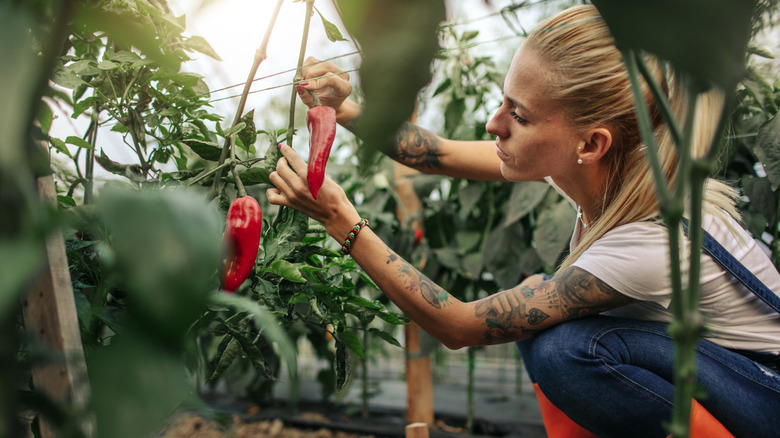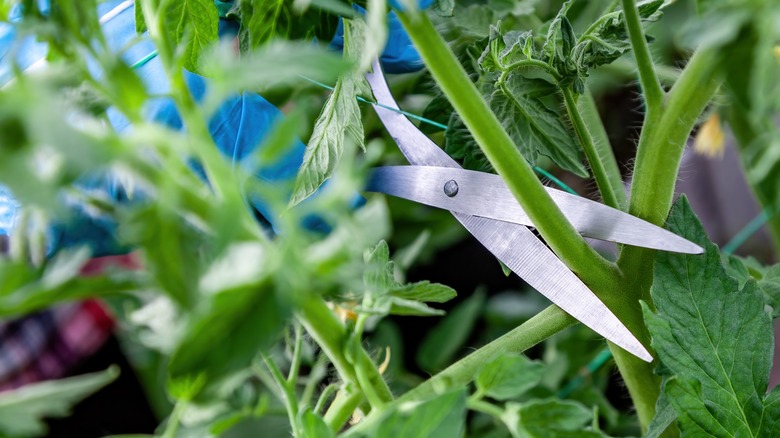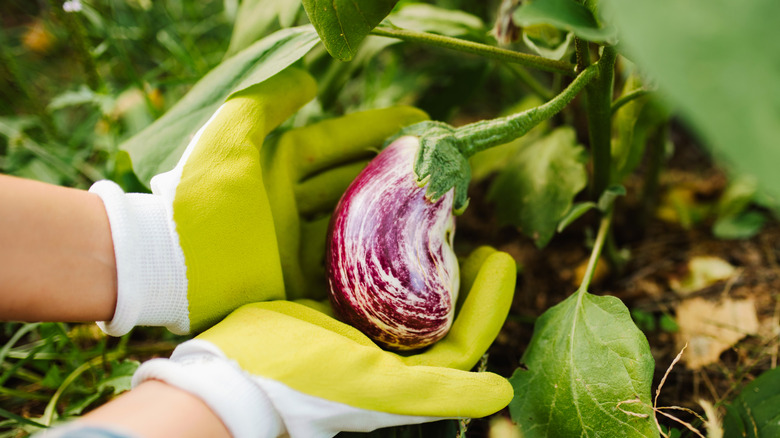How Ratoon Cropping Can Benefit Your Vegetable Garden
By the middle of the growing season, it's common to start seeing some of your garden vegetable plants slow down in their production and growth. Those first eggplants were fantastic, and the peppers perfect, so much so that you want another harvest. Ratoon cropping is an opportunity to encourage your plants to produce even more; the process involves cutting the stem of the plant back (typically, in the spring). When done properly, this encourages the plant to produce new growth, often leading to flowering and a new crop of your favorite goodies later on in the same year. Because the plant already has a well-established root, ratooning allows for faster production of new crops than replacing spent vegetables with new seedlings.
If you've invested the time and energy into creating a fabulous garden, but it seems to have stopped flowering as it did in the spring, ratooning can bring new life into the space without any added cost or the use of fertilizer. It only takes a few minutes, too. The heat of the summer months can make some spring flowering plants slow down and even stop producing new fruits. Ratoon cropping works well for vegetables like eggplant, peppers, asparagus, and okra, though you can also use it for some of your more delicate flowers, such as orchids, and large-scale crops like wheat and rice. Ratooning crops is a very effective method of extending the production timeline of your garden vegetables, often allowing you to enjoy eggplant and peppers well into the fall months.
How ratooning works
Ratooning, a type of propagation method, works on monocot plants. These plants have a single cotyledon within the embryo. After these plants are harvested and slow down in their production of vegetables, the plant is cut back, leaving just two or three leaf axils and the root in place. For most plants, this means cutting them down to about 6 inches. The left-behind leaves are enough to encourage photosynthesis to continue, but the cutting will begin to produce a new flower that ultimately will produce additional growth.
Ratooning is often used in commercial crops to encourage constant growth and new flowers but works just fine in most home gardens for monocot plants, too. Once you notice your plants are no longer growing and producing, it's time to consider this method. While you can add fertilizer to the soil at this point to help encourage new growth and support its development, you don't have to if you've started with a successful blend.
If not, use a ratio of twice as much nitrogen as potassium fertilizer (a lot of garden centers sell this as a vegetable garden fertilizer). With ratooning, you don't need to replant your entire vegetable garden, and there's very little actual work to do. It will take some time for the plants to grow and begin producing again, but usually, within a month to six weeks, you'll have a fresh batch of peppers, okra, and eggplant to enjoy into the fall months.
Know the limits and disadvantages of ratooning crops, too
Not all vegetables will produce an additional harvest from this method, but if you're growing eggplant, peppers, or okra — among the most common for household gardens — ratooning works well. You may see new growth for a few weeks, but the first frost of the year is likely to stop all growth. That means you'll need to pay close attention to the production of your plants and consider ratooning as soon as new flowers stop budding.
However, note it's common for the second "batch" of crops not to have the same quality as the first set with ratooning. They are also less likely to produce as much as the plants did during the first stage of growth. This can be a limitation of this process, but for many gardeners who may not be replacing their spring crops with cold-weather and fall crops, this method allows them to see more production for longer.
Also, you'll need to take a bit more time with the ratooning plants in terms of watering if weather conditions are dryer. Like new plants in your springtime garden, they'll benefit from soil that's constantly moist (though not saturated). You'll also have to do a bit of planning from the start to ensure these much smaller plants still have ample sunlight, as the plants around them may be taller, creating more shade. This may be more challenging for a vegetable garden in a small space.


